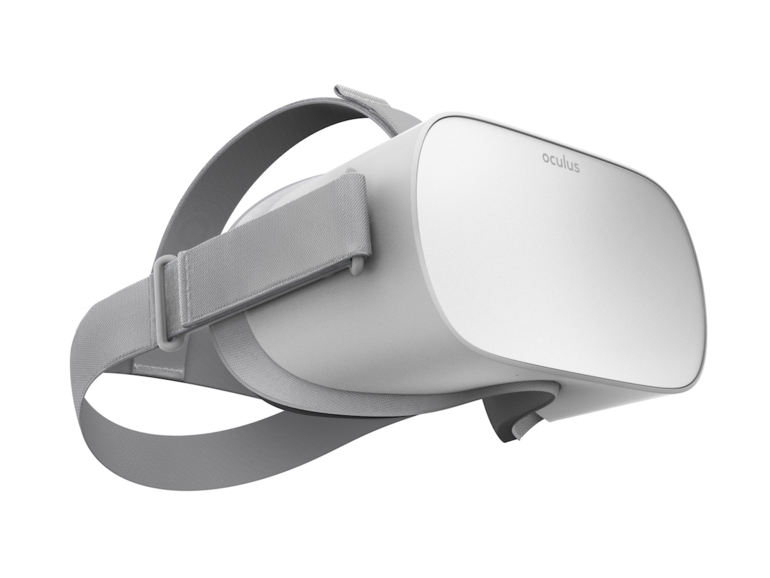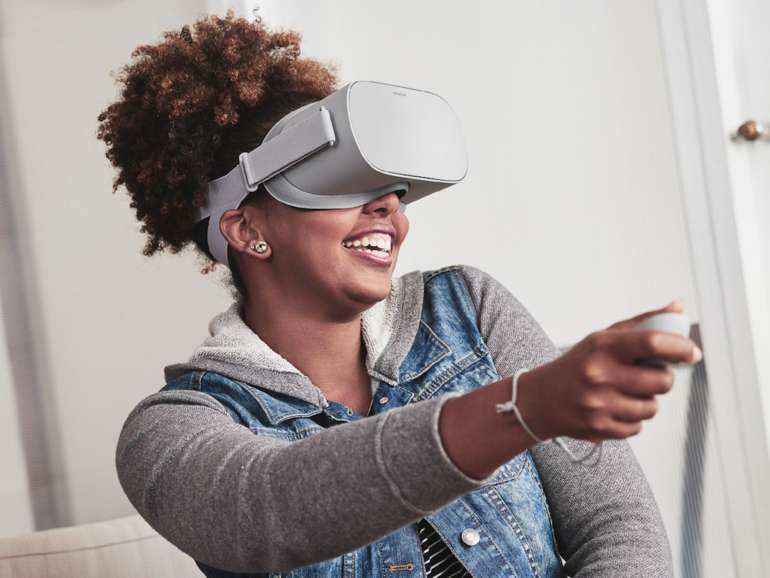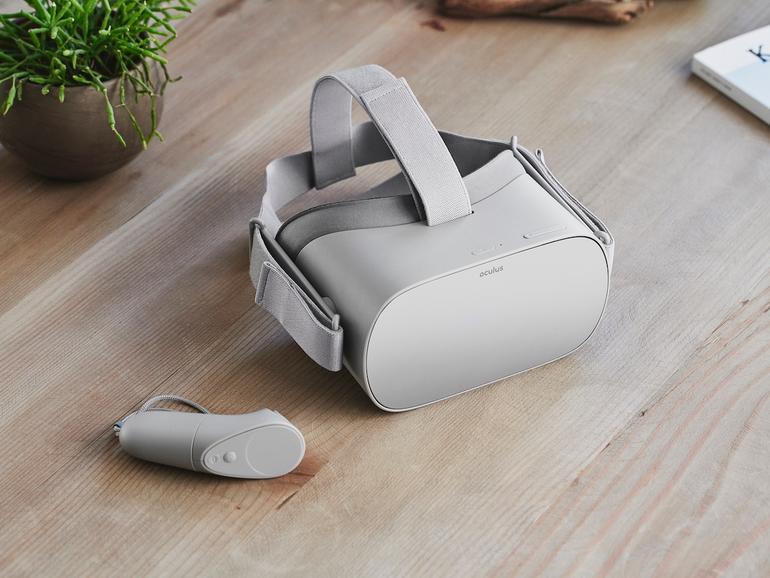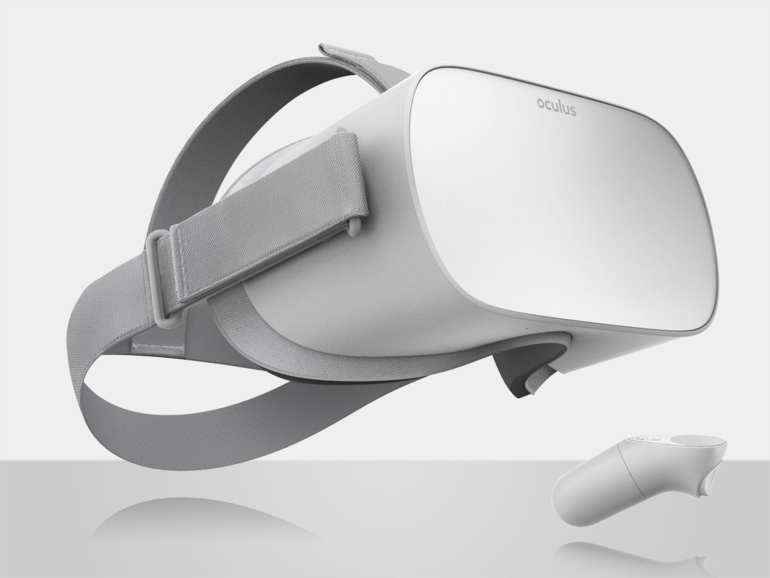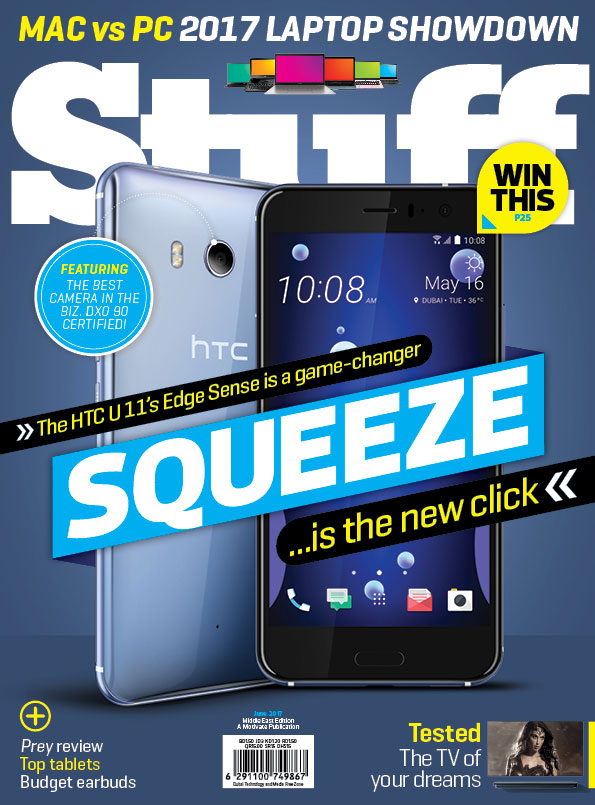Obviously, given the price, the Oculus Go doesn’t pack in the same kind of flagship-level hardware that we’re seeing in the Samsung Galaxy S9 or Google Pixel 2 XL – but it’s not too far off from those newer chips, surprisingly.
Instead, the Oculus Go will use the Qualcomm Snapdragon 821, which was used in the original Google Pixel and the LG G6. That’s a surprisingly powerful chip for a headset this cheap, and it ensures that Gear VR-level experiences should run very well on it.
We don’t know yet about how much RAM it has in store, but we doubt Oculus would go low on that tally and cripple the experience.
Huawei is building the Go alongside their nearly-identical Mi VR Standalone, and Oculus promises their “best lenses yet” and “crystal-clear optics” in the mix, plus it’ll have built-in spatial audio to create more immersive experiences.
What the Go won’t have, however, is any sort of external tracking. Like the Gear VR and Daydream, you won’t be able to walk freely through your room to move in the VR world. However, the controller’s motion sensors do allow for a fair bit of interactivity.

